Displaying items by tag: National YC
Youths Gather for Bay Event
This May Bank Holiday weekend (01-03 May 2010) over 300 boats from seven different classes will race on three separate courses in Dublin Bay. The format for this year’s event is based on that of the ISAF Youth World Championships which will be hosted by Dublin Bay in 2012.
Many of the junior sailors who will be targeting qualification for the 2012 Youth Worlds will be competing in the Optimist Class at the Mitsubishi Championships as sailors must be under 18 years of age in 2012 in order to qualify. There will be over seventy Optimists competing for this years World, European, and Under 12 squads.
The Laser Radial, Laser 4.7 and 420 Classes will also be fighting it out for Irish team places too with the prestigious 2010 ISAF slots also up for grabs. The 2010 ISAF Youth Worlds will be held in Istanbul in July and Ireland will be represented at this event by the leading sailors in all 3 classes.
The Junior Pathway classes, Topper’s and RS Feva’s will also compete along with the SL 16 catamaran which makes its debut on the bay in preparation for 2012 where it will be a class. The introduction of the SL class two years in advance offers sailors a fresh opportunity to train and qualify in this new class to Ireland.
www.dublinbay2012.com has been set up by the organisers to assist sailors and clubs to prepare for the prestigious Youth Worlds. Full details of all pre-event activities are available on this site including a link to the Mitsubishi Motors Youth Championships 2010.




























































